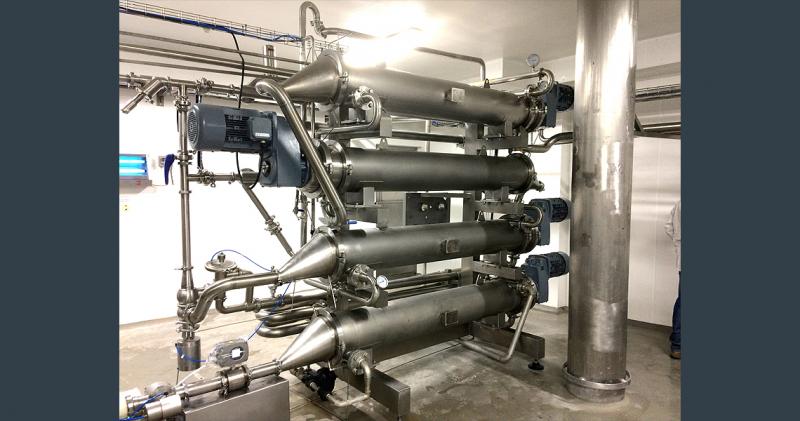Scraped Surface Heat Exchangers Market: Rising Allocations On analysis And Innovation
Scraped surface heat exchangers (SSHE) are used for heat transfer, crystallization and for continuous processes commonly in the food, chemical and pharmaceutical industries. These heat exchangers are preferably appropriate for products that are sticky, viscous, needs some degree of crystallization or contain particulate matter such as pump able food products. The basic use of the SSHEs is to thermally heat or cool viscous fluids that possess large solid particles with high viscosity. These heat exchangers performs an important role in removing the fouling layers from the product and increase the turbulence. A wide variety of the heat exchangers are available in the market. Recently the trending and the most commonly used amongst these are the rotatory and tubular heat exchangers. These scraped surface heat exchangers are proving themselves to be very beneficial for the industries by lowering the cost of production and increasing the productivity. By using them, better and uniform products are being manufactured. As well as they are competent enough and give fast products as compared to other heat exchangers. These SSHEs can perform various tasks such as cooking freezing, crystallizing, cooling, polymerizing, gelling, mixing, aseptic processing and many others.
Looking for exclusive market insights from business experts? Request a Sample Report
Some of the factors that are helping to drive the global scraped surface heat exchangers market is growing food and beverage industry and the changing preferences & eating habits of the people. Due to introduction of these scraped surface heat exchangers, the labor cost is reduced because now the manufacturing work is totally reliant on machines. It can also be seen that with the arrival of dynamic scraped surface heat exchangers, the scraped surface heat exchangers market is trending with shell and tube. These SSHE with shell and tube consist of hydraulic cylinder and a separating chambers that helps scrapers to move by hydraulic action, which generates turbulence in the field to increase heat transfer coefficient. However, restraining factor for the scraped surface heat exchangers market is the presence of manufacturers that offers low-cost products. As well it may be the problem with SSHE equipment that the residence time in the equipment are quite low, which is desirable for processing heat sensitive liquids. These factors are proving themselves to be hampering the global scraped surface heat exchangers market.
